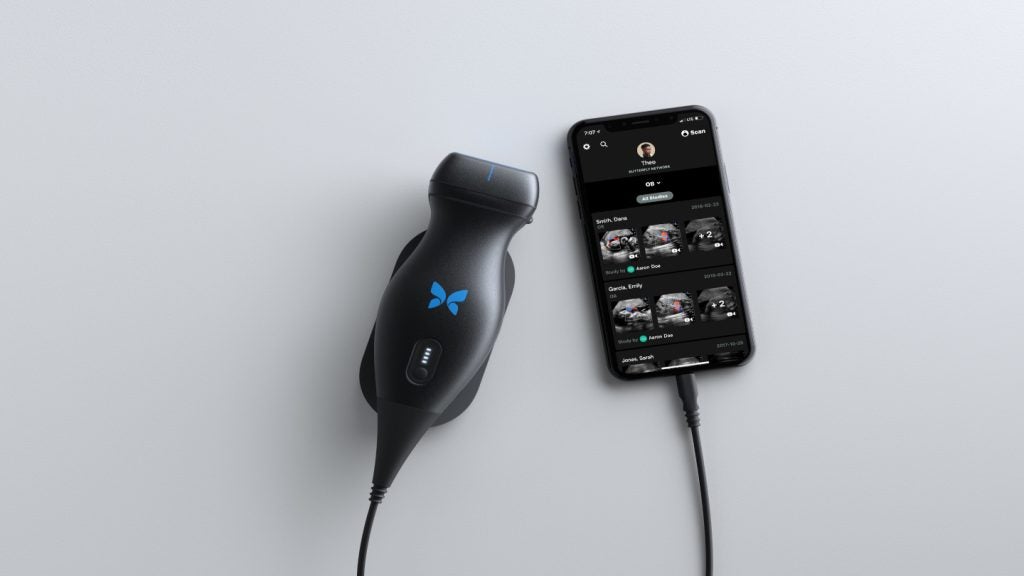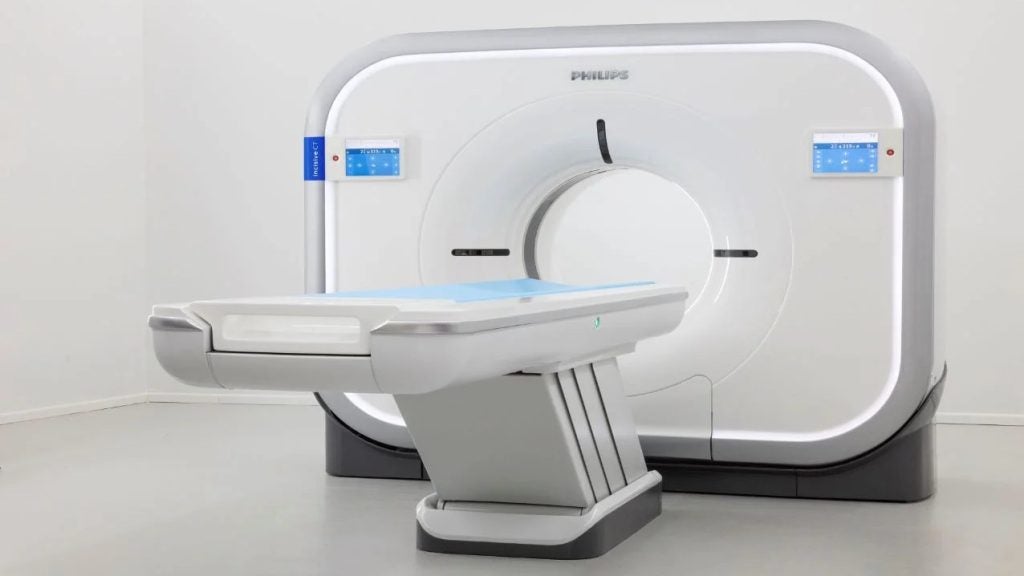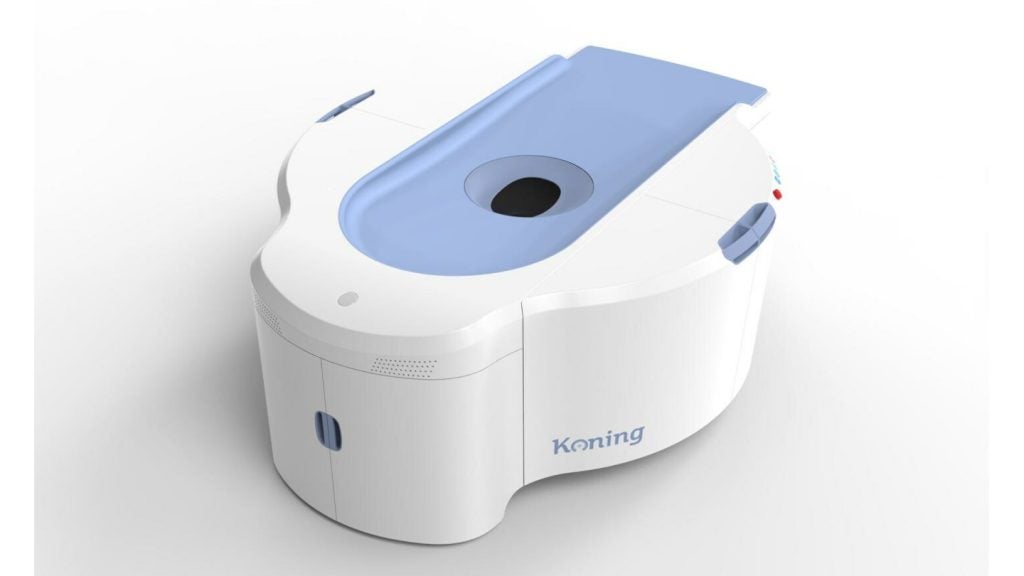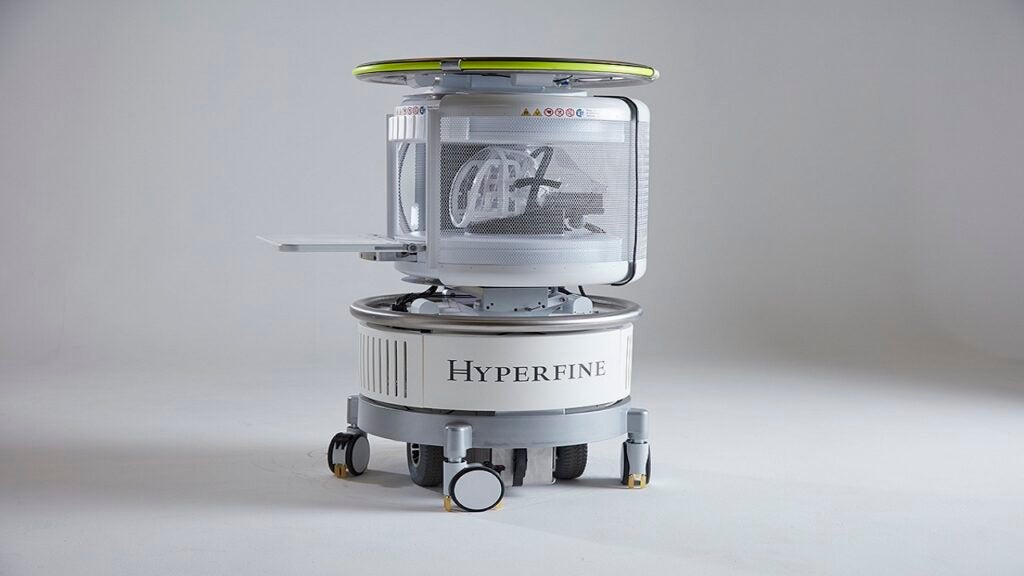The use of miniature optical components made from plastic in in-vitro diagnostics devices demands a meticulous approach to the design and development of these applications.
Optical components are increasingly being manufactured in transparent plastics. At the same time, the use of optics in in-vitro diagnostics has increased significantly in recent years.
This trend is set to continue, as new opto-electronic devices are developed which promise greater sensitivity and lower cost. Particularly notable is the development of UV LEDs with significant power output. This is enabling the deployment of highly sensitive fluorescence detection techniques in small desktop and hand-held devices.
Design issues
The deployment of very sensitive optical detection techniques in compact devices requires good optical engineering design. It is seldom possible to take the optical components designed for large lab equipment and simply reduce their size for use in compact equipment. Instead, the whole optical train needs to be engineered to ensure that the effects of transport vibration and shock combined with rapid storage temperature changes do not affect the optical alignment of the equipment. The smaller space envelope into which the parts must be fitted means that the optical components must be smaller and of higher accuracy.
Replacing glass components with plastic ones obviously reduces costs because plastic components can be injection moulded. However, there are other significant benefits to be gained. Unlike glass parts, plastic lenses can be combined with prisms, diffraction gratings and other optical elements to reduce the part count and the space they require. Also, it is possible to mould mounting features onto the optical components, and this reduces assembly time and makes them more robust and resistant to shock.
Miniature prism
A miniature prism, which incorporates sophisticated wavelength filtering, illustrates what can be achieved. This moulded acrylic prism was developed by Carclo Technical Plastics in conjunction with the product designers as an alternative to an aluminium-coated glass mirror and separate multi-layer glass filter concept.
The prism uses total internal reflection to direct the light, and does not require additional reflective coatings, as with a conventional mirror. Because it is made of plastic, it is significantly more resistant to shock than a glass prism. The filtering of harmful UV, deep blue and near-infrared wavelength radiation, using the latest dye technology, is critical to the function of the device. Combining the two functions together with mounting features created a robust and compact part that was cheaper to manufacture than alternative designs and simple to assemble. It also reduced the complexity of the rest of the device.
Planning and precision
Careful planning is required in the design of optical components. The scattering of light within the device must not be forgotten, for example. The effect of stray light on measurement accuracy increases as equipment size reduces, and problems in this area are difficult and expensive to remedy later on.
Good design does not guarantee good optical performance. Moulding high-accuracy optical components requires a level of precision in the manufacturing of surface forms that is at least ten times greater than that of high-accuracy opaque components. Surface roughness must be at least ten times better than the best commercial finish.
The use of optics is increasing strongly in the diagnostics field, speeding the analysis of disorders and conditions, and improving the reproducibility of results. The design of the plastic components needs to be carefully considered at the outset of a development programme to optimise the functionality of the system, improve time to market and minimise expensive mistakes.







